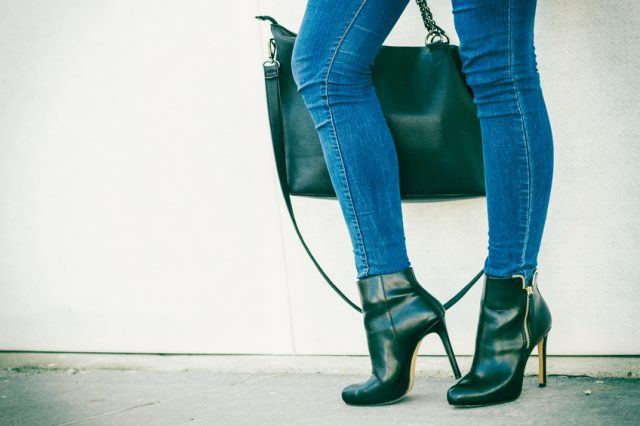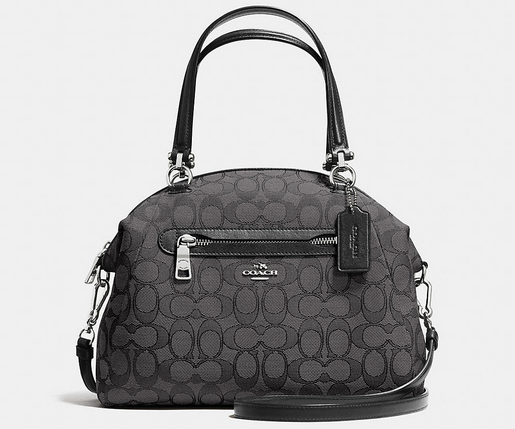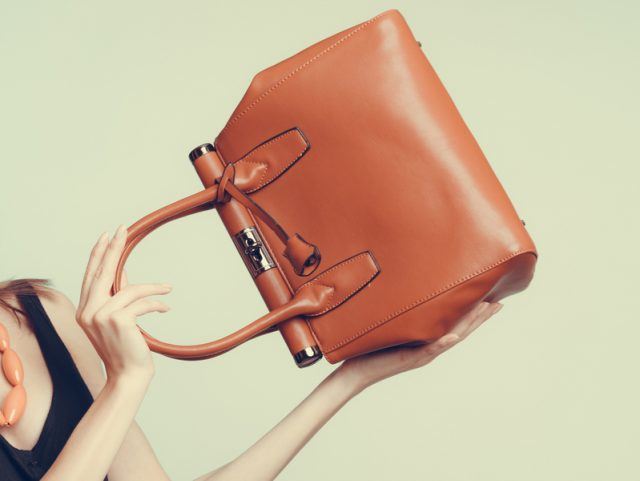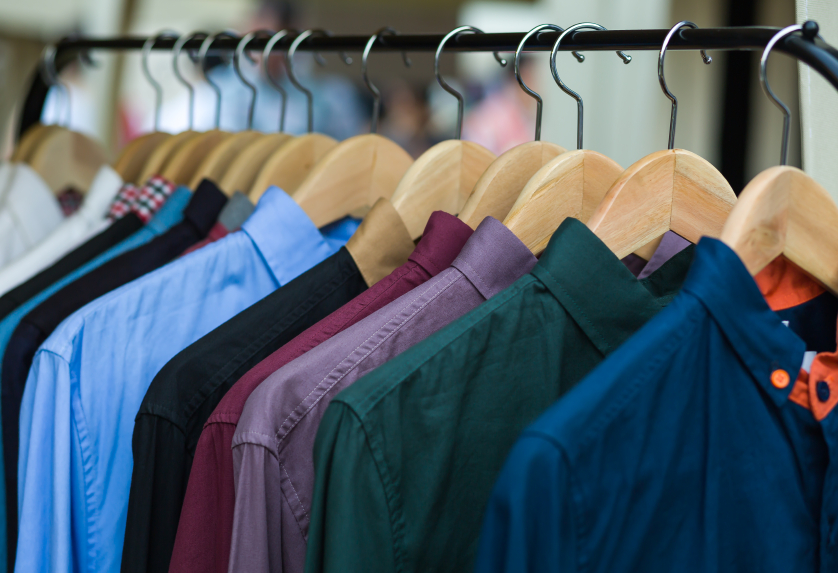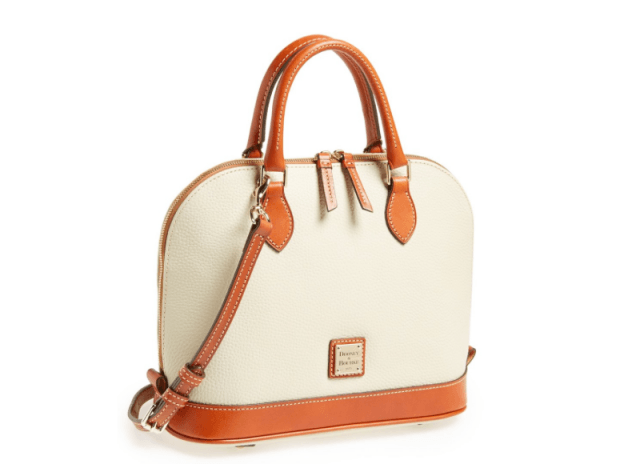Fake fashion is a strange yet funny thing the industry deals with — some people know they’re buying a designer knock-off, while others can’t tell the difference. Either way, it’s clear that we all covet high-quality luxury items for fashion reasons, which explains why knockoffs have become so common. They get a surprising amount of business, too. A study from the Office for Harmonization in the Internal Market (OHIM) found the European fashion industry misses out on about €26.3 billion per year thanks to these fakes.
While there’s no doubt purchasing a fake item unintentionally can irritate you and your wallet, there are steps you can take to make sure you don’t get duped. Here’s what to keep in mind.
It is easier to spot a fake the more familiar you are with the designer. Replicas have been created to fool buyers into snatching up versions that are similar, but definitely not the real thing. Make sure the logo is printed correctly on the item you’re looking at. Additionally, to also help confirm the authenticity of what you’re buying, look for the logo in other locations on the item. For instance, take a look on zipper pulls, name plates, and even shoes will have the logo engraved, not cheaply stamped.
2. The workmanship on the item
This one is very important to consider because a designer good will display exemplary craftsmanship. Take a look at seams and how they’re sewn. A counterfeit doesn’t have the care and craftsmanship put into it as a real designer piece of clothing, bag, or shoe would. Which means the fabric and pattern won’t line up at the seams. In fact, one of the quickest ways, for example, to determine if a Louis Vuitton product is fake, is if the patterns don’t line up along the seams. The real Louis Vuitton products always do. Just remember, when you’re buying the real thing, you’re not just paying for a recognizable name, you’re paying for quality workmanship. Authentic goods don’t have loose threads or unraveling zippers, so check the item for signs that it hasn’t been made well.
3. The location where you purchase the item 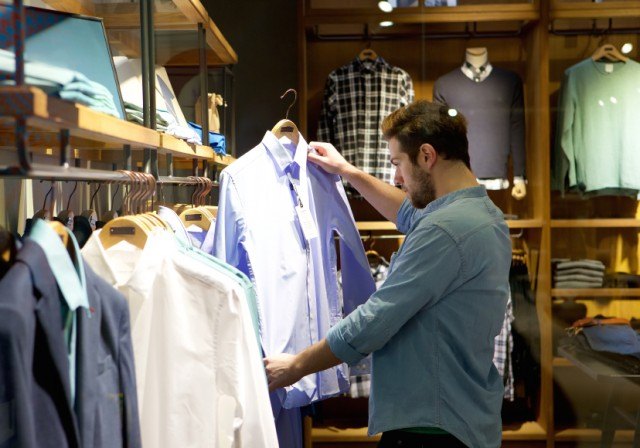
Most counterfeit designer goods are made in Asia, so if you spot a tag on a Gucci product that reads ‘Made in China’ it’s highly suspect. Designer goods are usually made in Europe and will include engravings or markings that prove so. If you’re purchasing an item you think is real online, check to see where the item is shipped from and if an online seller has many of the same items being sent from an address in China. Be sure to think twice before you purchase it. Additionally, individuals aren’t authorized dealers of designer goods, unless they’re re-selling singular used designer items on a trade-type of site.
4. The price of the item
One of the most common ways to spot a fake is to consider the price. If the deal sounds too good to be true, it probably is. If you do happen to come across a designer piece that you’re interested in and it’s steeply discounted or priced significantly less, do your research and find what the original retail price of the item is. The only way to guarantee you’re getting the real deal is to buy from an authorized dealer, such as a department store or the designer’s own store or online store — or follow our advice to prevent purchasing knockoffs.
Buying secondhand is a fantastic way to get a deep discount on legit designer items. However, just because you found a designer bag in a thrift shop doesn’t mean it’s real.
5. The way the item feels
The way a designer item feels is very important in determining its authenticity. Note: If you’re buying a designer item secondhand then the item might show and feel some gentle signs of wear but not total disruptions in the quality or integrity of the item. Feel the item: Leather goods should feel soft and supple and will never feel stiff or like plastic. While it’s always great to score a designer thrift store find, it’s important that you still do your homework and make sure the items you’re interested in are genuine.
6. Documentation of authenticity
Since designers want to assure you that you’re buying the real deal, most designer items you buy, especially leather goods, come with identifications cards, branded packaging and other information that ensures authenticity.

